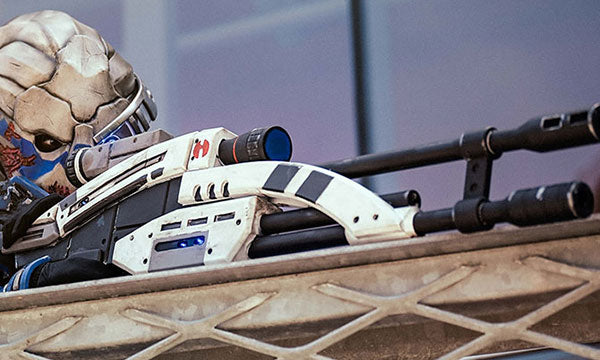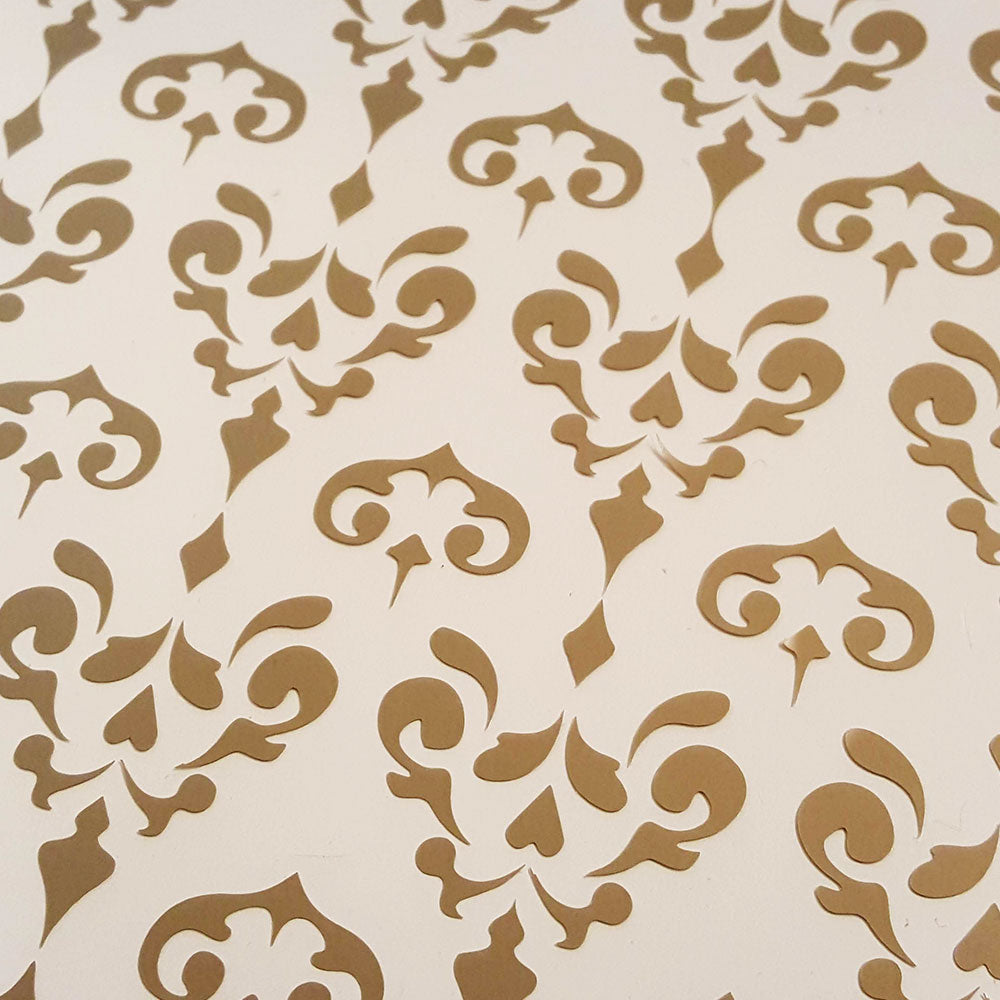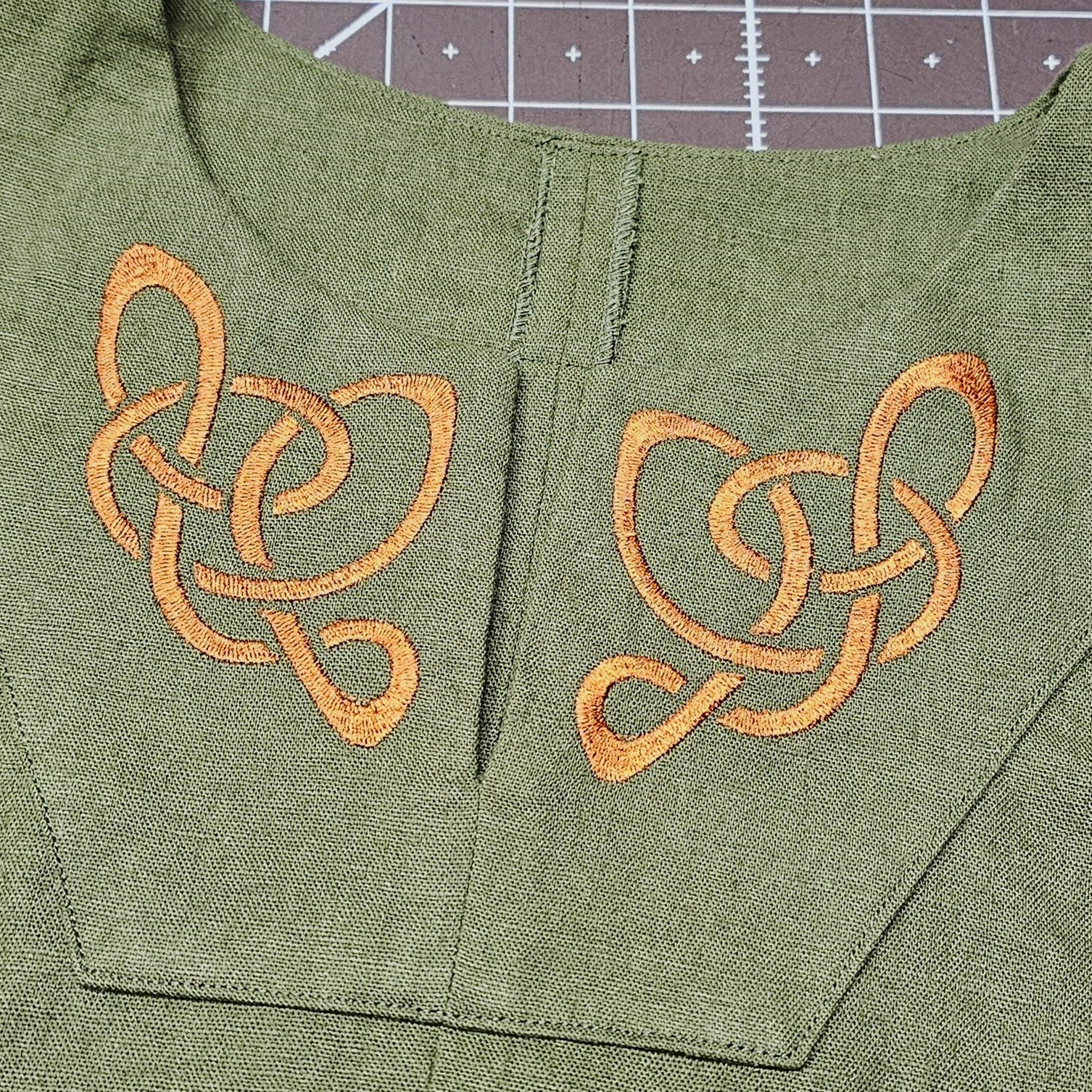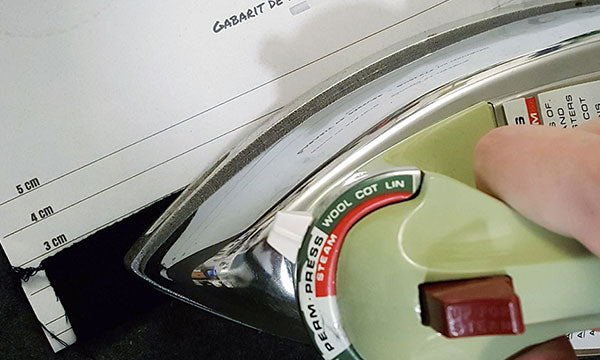The 5 steps to a good sewing machine maintenance
I have a confession to make ... I'm not good at maintenance and clean up. I'm really not the type to clean my workshop every night when I finish my day of work. I neglect my tools and my machines a little. I don't know how long it's been since I sharpened my scissors. And it took years before I realized that it wouldn't be a bad idea to oil my sewing machine on occasion.
I know. Shame on me …
So if you've never oiled your sewing machine, and you’re a little ashamed right now, don’t worry. It’s clearly not me who’s gonna judge you.
But, I can guide you through a (well-deserved) little cleaning of your sewing machine, though. What do you think?
Here are 5 main steps for a good maintenance of your sewing machine:
1 - general dusting
.

















